Print this Seder
Tu B’Shevat, also known as the birthday of the trees, is an opportunity to strengthen our connection to the environment. In Israel the holiday of Tu B’Shevat arrives along with the first signs of spring, on the fifteenth (“tu”) day of the month of Shevat. This is perfect timing as the trees are beginning to blossom for the coming year.
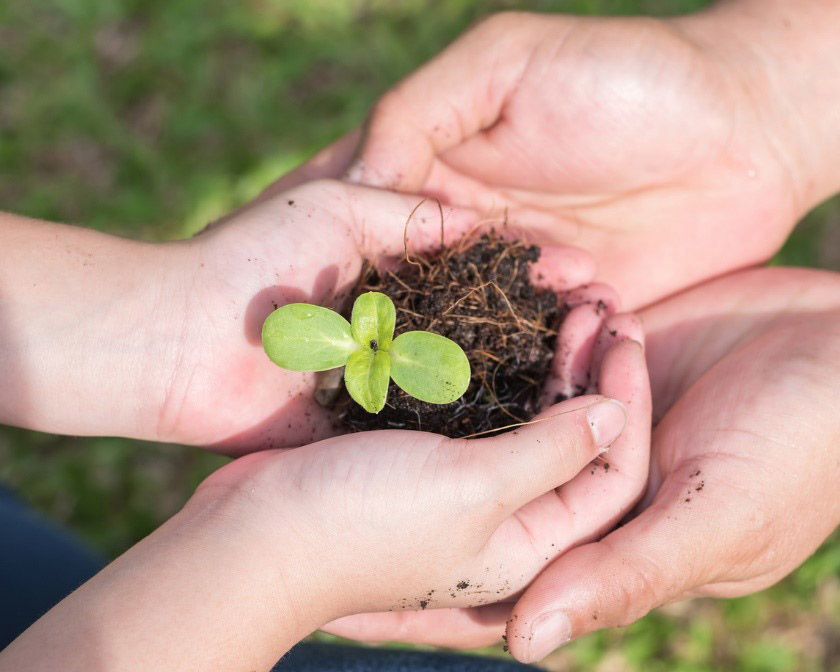
Fun fact: According to Jewish law, a tree’s fruit is ready for picking when it turns three. Tu B’Shevat helped ancient farmers mark where the trees were in the growing process.
Many families have a Tu B’Shevat seder, or ceremonial meal. Just as at a Passover seder, symbolic foods are eaten in a special order in celebration of the important role trees play in our life. It’s traditional to eat Israeli fruits, such as figs, dates, and carobs. It’s also customary to eat fruits you haven’t tasted before, and to say the Shehecheyanu (a blessing of gratitude when experiencing something new).
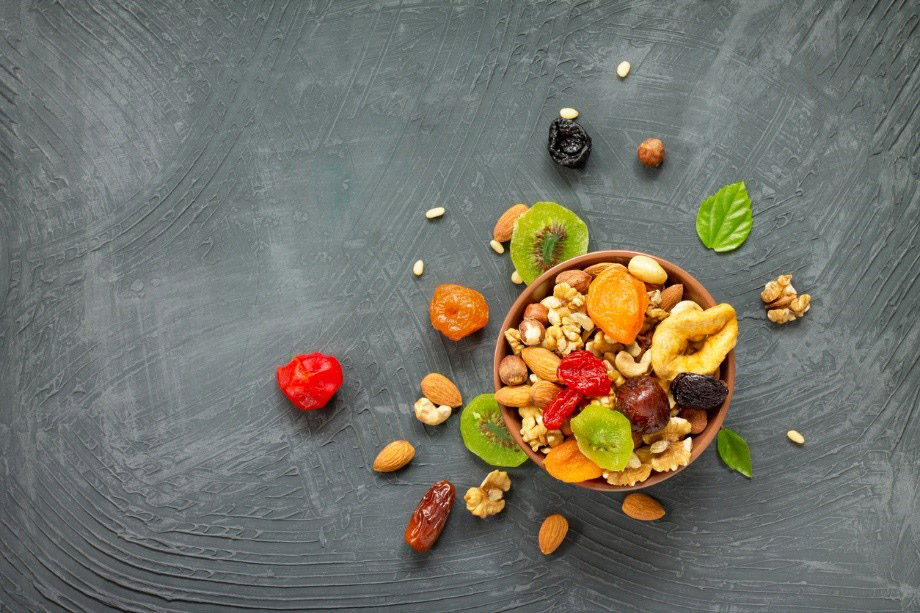
On Tu B’Shevat it’s tradition to snack on nuts, dried fruit, and other grains.
This version of the Tu B’Shevat seder is perfect to do with younger kids or to try out as your first family Tu B’Shevat celebration. You’ll have the opportunity to taste and smell new foods, ask questions, and say blessings together. Use the buttons below to move through the four parts of the seder, each named after a season. If you’d like a slightly more in-depth version that works well with kids ages 8 and up, use this version of the PJ Library Tu B’Shevat seder.
Learn the Blessings
There are two blessings that you’ll need during this seder: the blessing for the wine (or in this case, grape juice for the kids) and the shehechiyanu for the first time you experience something – like this seder! Watch the videos below to learn each one.
The Blessing For Your Grape Juice (kiddush)
The Shehechiyanu
Find more videos like this on BimBam.com
To learn blessings for after meals, like the blessing after eating fruit, visit MyJewishLearning.com.
Winter
The Tu B’Shevat seder is split into four sections, each reflecting the seasons and symbolizing different aspects of the trees and our own lives. We start with winter when many species in nature lay dormant. Just like animals hibernate through the winter, the seeds that will sprout new trees in the spring, “sleep” deep in the ground. To start our seder, we’ll taste foods, like nuts, that have a hard exterior.
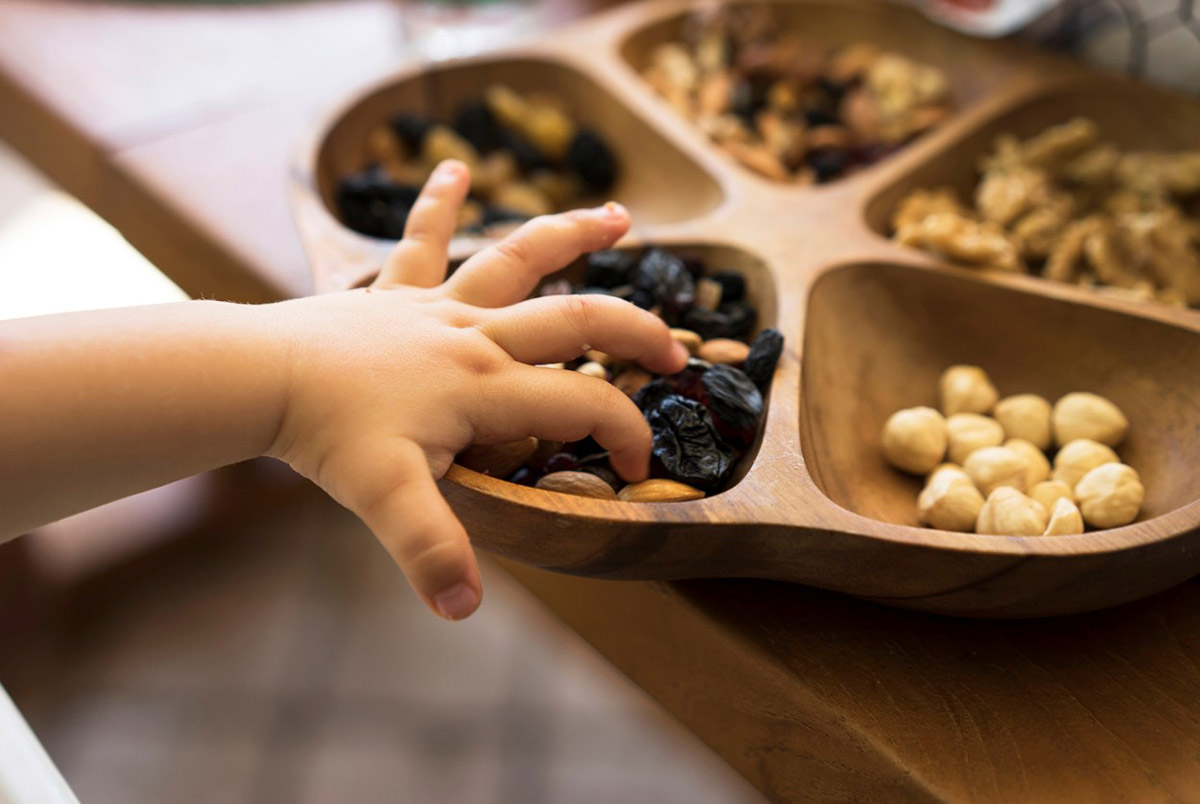
Scroll down for some tips on accommodating guests with nut allergies during this section
Drink
Pour a full glass of white grape juice. Say the blessing above and then drink at least half of the glass.
Taste
Foods with a hard shell but soft interior, like walnuts, pistachios, or coconut. Because of their hard exterior, these foods are good reminders not to judge others by their appearance. A coconut, for example, is hairy and hard on the outside, but contains sweet water and delicious fruit inside. The food we eat during this part of the seder helps remind us that every person is unique and special.
TIP: If a guest at your seder is allergic to nuts, you can also use fruits like lychees, pineapples, pomegranates, or star fruit.
Ask
Have you ever “judged a book by its cover?” What did you learn?
Spring
This portion of the seder starts with a really fun sensory activity. You’ll add a few drops of regular grape juice to your cup of white juice to look at the way a little bit of color can cause a lot of transformation. This helps us think about the fact that every stream begins with a small trickle and every flower or tree starts with just a single bud.
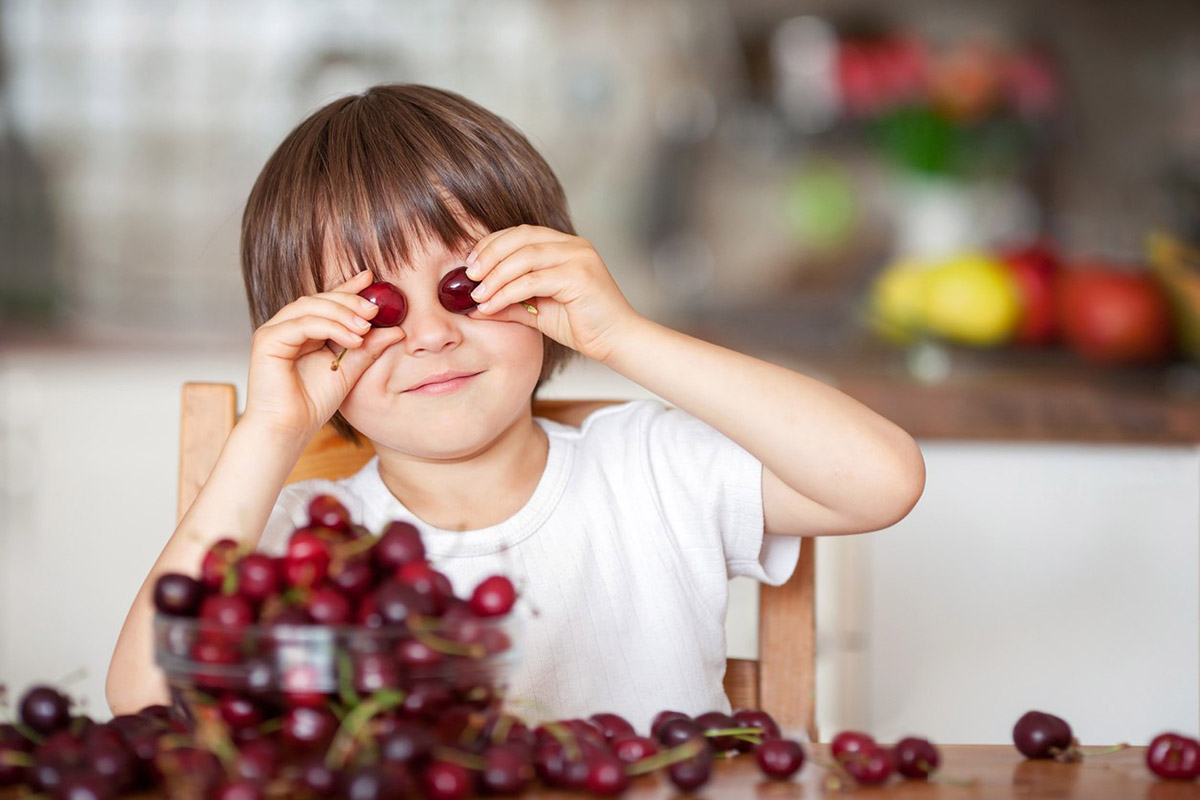
Cherries are for eating, not posing.
Drink
Now add a few drops of red grape juice to the white juice in your cup. Then you’ll drink at least half of the cup.
Taste
Although we don’t eat the pits of fruits, they are the building blocks of new plants. For this section, enjoy some fruits with pits at the center like peaches, cherries, avocado, or olives. (Just make sure you don’t eat the pits).
TIP: Did you know that you can use your avocado pit to start your own tree?
Ask
What is something you have done or created that started out very small and became bigger or more important over time?
Summer
At this part we’ll drink a third cup of juice that’s made of equal parts red and white juice. We’ll also get to nosh on (that means eat, in Yiddish), some foods that can be eaten whole – no peeling, deseeding, or prep needed. These fruits can remind us of the wholeness of the world, where nothing is wasted and everything nourishes everything else.

What’s your favorite berry?
Drink
Refill your cup so that you have a mixture that’s equal parts red and white grape juice. Drink at least half of your cup.
Taste
During this part of the seder it’s time to taste fruits that you can eat whole. Try berries, grapes, apples and pears.
Ask
What makes you feel happy? What does it mean for a person to feel “whole?”
Fall
And now we’re at our final step—where we’ll drink a full cup of juice and focus on the sense of smell rather than taste. During this end portion, we’re thinking about was invisible to the eye or things that are part of us and part of the world that we can’t see or hear, like trees growing, leaves blowing in the wind, or the sun coming up to bring us new days and help the cycle of life.
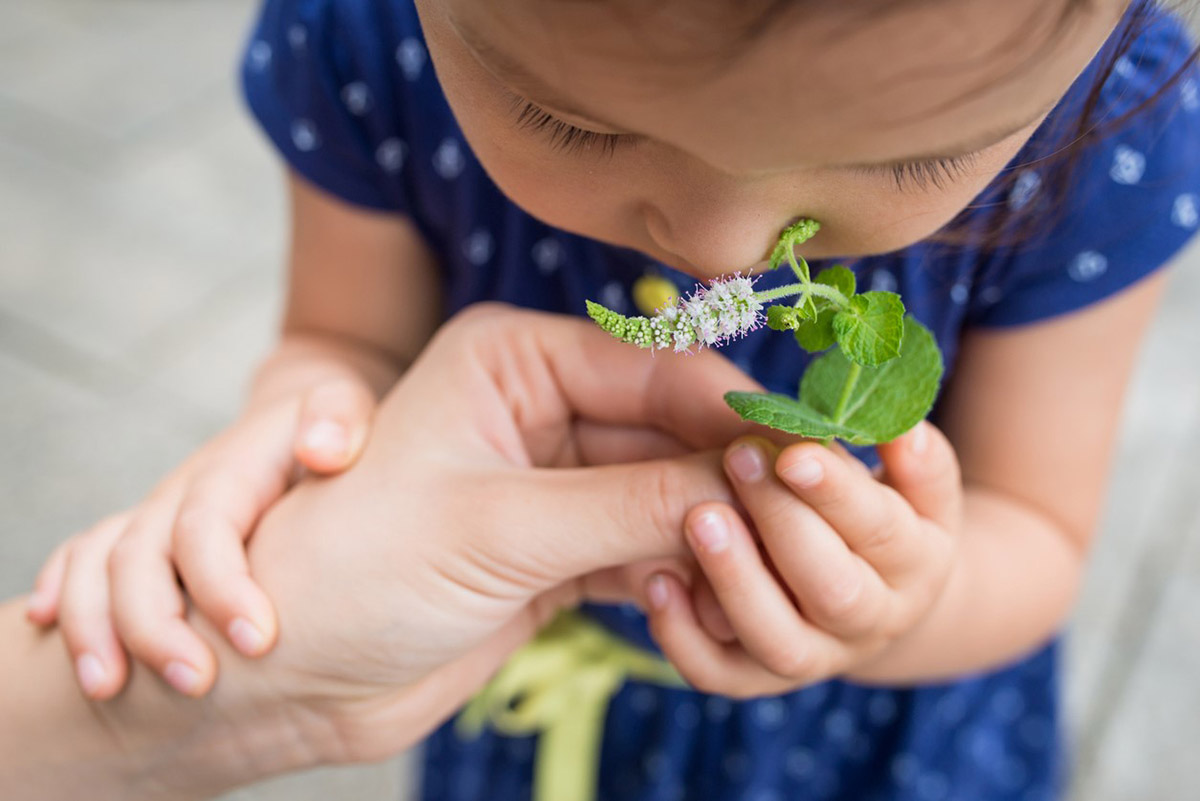
Smelling fresh mint leaves
Drink
For this last step, you’ll pour yourself a full glass of red grape juice with a couple of drops of your white grape juice. the drops of white in the red remind us of the first cup of this seder and of the cyclical nature of the seasons. Try to drink the entire cup if you can.
Smell
This final section of the seder honors what is invisible to the eye, so it’s time to smell. You can get fresh mint, parsley, or rosemary from your local grocer and smell the leaves, or dig into your pantry. Use your spices from Havdalah or smell cinnamon sticks, sage, bay leaves, or other dried spices in your kitchen.
Ask
What helps you remember?
More
9 Ways to Celebrate Tu B’Shevat With Kids
Eco-Friendly Recipes Your Kids Will Love
Print this Seder
January 8, 2019